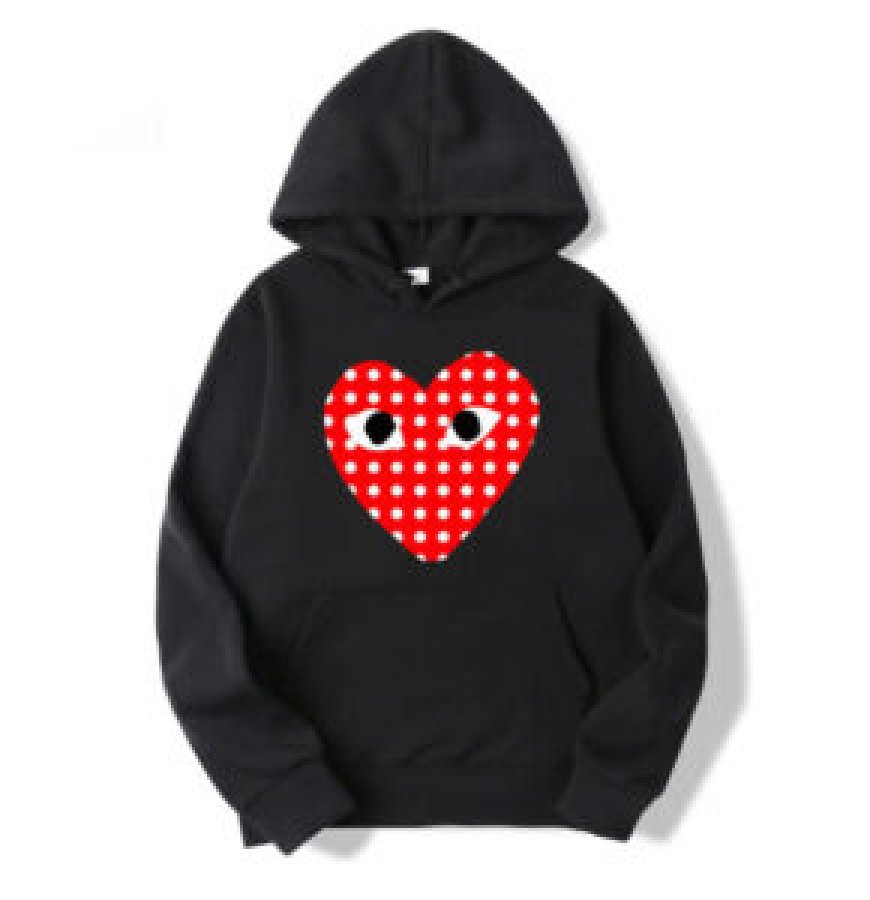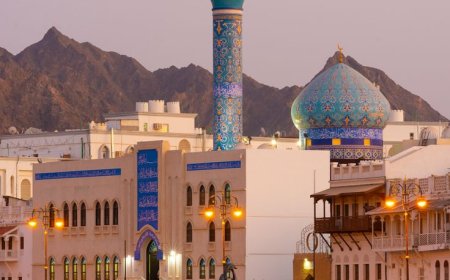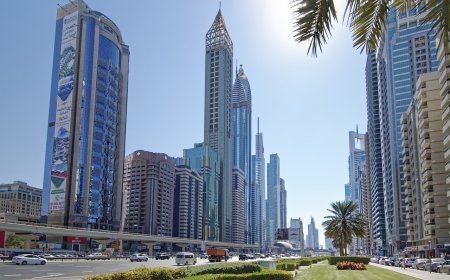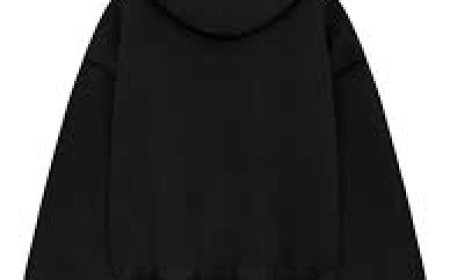Architecture in Motion: Couture for Brutalist Poets – Comme des Garçons

In the ever-shifting landscape of fashion, few names have carved a space so defiantly unique and unapologetically avant-garde as Comme des Garons. Headed by the enigmatic Rei Kawakubo, the label has long operated at the crossroads of art, architecture, and existential inquiry. If traditional fashion is about flattering the form and appealing to the market, Comme des Garons defies this logic with architectural silhouettes, fabric rebellion, and conceptual disruption. It is couture not for the soft-hearted or the trend-driven, but for the brutalist poetthose drawn to raw beauty, to the aesthetics of resistance, to garments as structures and statements.
Fashion as Structure: The Brutalist Parallel
The connection between Comme des Garons and Brutalist architecture is more than metaphoricalit is material, philosophical, and deliberate. Brutalism, characterized by its unapologetic use of concrete, geometric massing, and a sense of raw honesty, often divides opinion. Much like Brutalist buildings, Kawakubos designs seem to ask: must beauty be soft, or can it be harsh, strange, and even unsettling?
Kawakubo builds garments the way Brutalist architects design buildingsstarting not with beauty or adornment, but with the fundamental question of structure. Think of the concrete forms of Le Corbusier or the heavy, imposing presence of Trellick Tower in London. Now consider a Comme des Garons dress from the Autumn/Winter 2017 collection, with its bulbous forms and jarring asymmetry. Both the building and the dress speak a language of form before function, of materiality before decoration. And both invite the viewer or wearer into a confrontationdemanding not admiration but engagement.
The Body as Landscape
In the world of Comme des Garons, the body becomes a kind of landscapeone to be altered, obscured, reshaped. Traditional fashion celebrates the bodys form through flattery and exposure. Kawakubo, however, often does the opposite, creating garments that swell around the body, hide it, distort it, and challenge perceptions of silhouette and movement.
This approach parallels how Brutalist buildings interact with their environment. They do not melt into the background. They protrude, they challenge, they dominate. Yet, in that dominance lies their peculiar grace. The same can be said for Kawakubos designs. Her use of padding, irregular shapes, and voluminous constructions turns the wearer into a moving sculpturea walking architecture. Like a Brutalist facade, there is no attempt to blend in. The wearer becomes a statement, a structure, a poem of concrete and thread.
Philosophy in Fabric
The poetic brutality of Comme des Garons lies not just in aesthetic form but in philosophical intent. Kawakubos collections often come with cryptic titles and obscure themesThe Infinity of Tailoring, The Ceremony of Separation, Not Making Clothing. These titles reflect an ongoing interrogation of identity, existence, and the very act of creation. There is a relentless intellectual rigor behind her collections, making them resonate beyond fashion into the realm of art and architecture.
In this way, Comme des Garons garments resemble architectural manifestos. They are not designed to please; they are designed to provoke. The wearer is not a model of elegance but an actor in an existential performance. These are not clothes for the red carpet; they are clothes for the theatre of the absurd, for the streets of imagined dystopias, for the gallery floors where fashion becomes sculpture.
The Couture of Conflict
Where traditional couture might emphasize embroidery, lace, and silk, Kawakubo chooses felt, wool, neoprene, and synthetic hybrids. Her materials are often heavy, sometimes industrial. Her silhouettes may seem unwearable, even absurd. But this is precisely the point. Kawakubo uses couture to question couture. She uses beauty to interrogate beauty. She introduces conflict between fabric and body, structure and movement, expectation and reality.
This tension reflects the same dynamic one experiences when viewing a Brutalist structure. It can feel overwhelming, monolithic, even oppressive. But over time, and with deeper understanding, these buildings reveal their poetrythe rough texture of exposed concrete, the rhythm of shadow and mass, the vulnerability hidden beneath the raw exterior. Similarly, a Comme des Garons garment may seem chaotic or monstrous at first glance. But give it time, and its brutal grace begins to emerge.
The Wearer as Co-Architect
In the world of Comme des Garons, the wearer is not merely a passive consumer. They become co-creators, participants in a dialogue between garment and self. To wear a Kawakubo design is to accept asymmetry, imbalance, and ambiguity. It is to become a walking contradiction, a living question. There is a certain courage requiredto wear structure as expression, to let ones identity be filtered through abstraction and disruption.
This is where the metaphor of the Brutalist poet becomes real. Like a poet who writes against the grain, who uses language not to soothe but to stir, the Comme des Garons wearer inhabits fashion as protest. Protest against the tyranny of trends. Against the commodification of the body. Against the silence of conformity.
Legacy and Continuation
Since founding Comme des Garons in 1969, Kawakubo has continuously resisted definition. Her work is not linear. It evolves, mutates, doubles back on itself. Like a Brutalist structure that resists renovation, her aesthetic remains stubbornly singular. Yet, her influence is everywherein the deconstructed tailoring of newer labels, in the performative fashion of the avant-garde, in the slow but real acceptance of fashion as conceptual art.
The legacy of Comme des Garons is not in creating a style to be imitated, but in fostering a mindset. It tells us that fashion can be difficult. That clothes can have meaning beyond beauty. That ugliness, when intentional and intelligent, can be a form of truth.
Conclusion: Poetry in Concrete and Cloth
In an era dominated by fast fashion, social media aesthetics, and ephemeral trends, Comme des Garons stands like a concrete monolith in a field of glass pavilions. Comme Des Garcons Long SleeveIt is the embodiment of architecture in motion, of brutalism rendered in cloth. Kawakubo does not simply make clothes. She constructs ideas, she builds emotions, she sculpts contradictions.
To wear Comme des Garons is to inhabit a question rather than an answer. It is to walk through the world as a building walks through timeunapologetic, strange, enduring. It is, ultimately, couture for brutalist poetsthose who see beauty not in softness, but in strength, structure, and the silence between words.








































